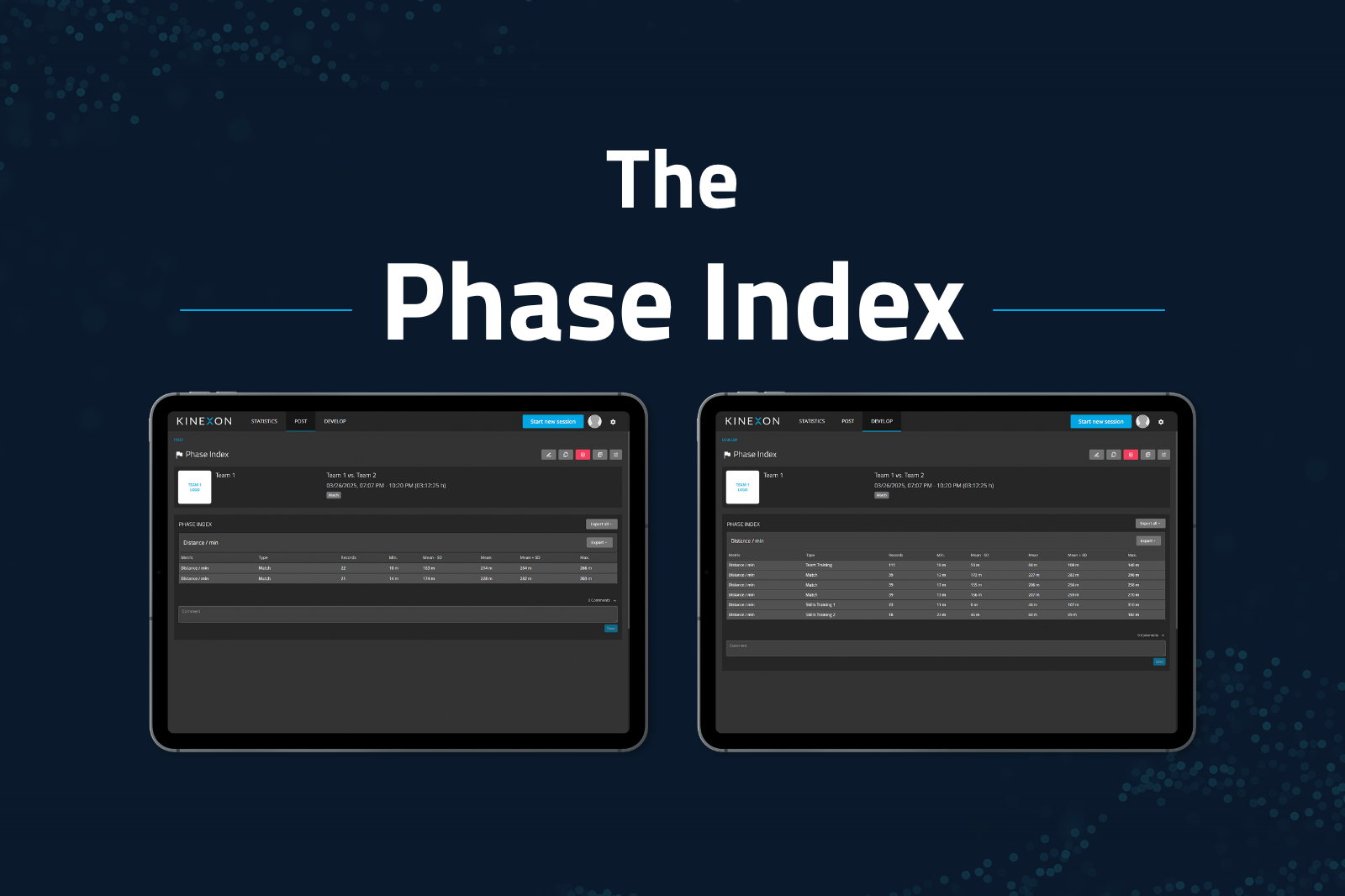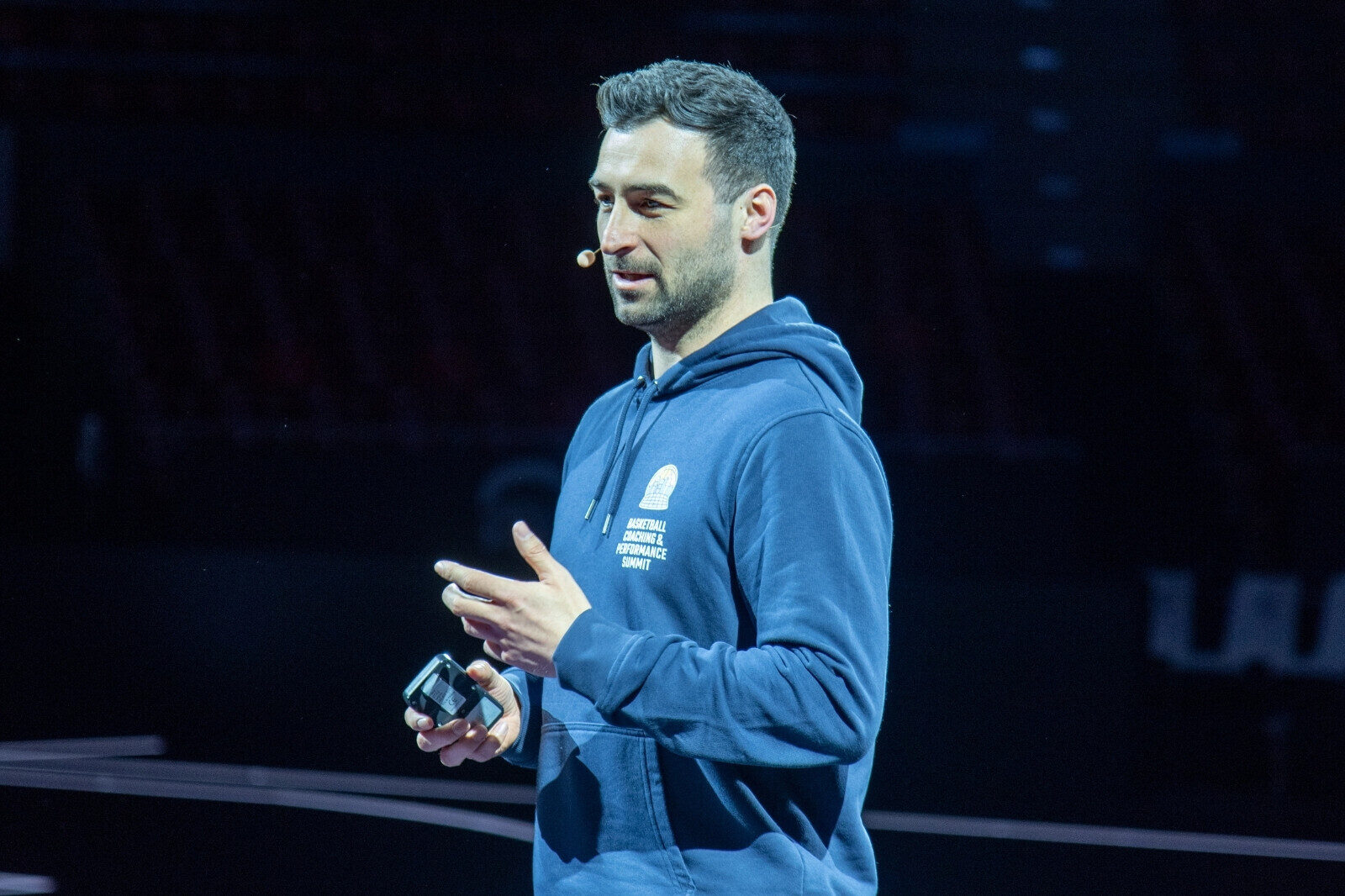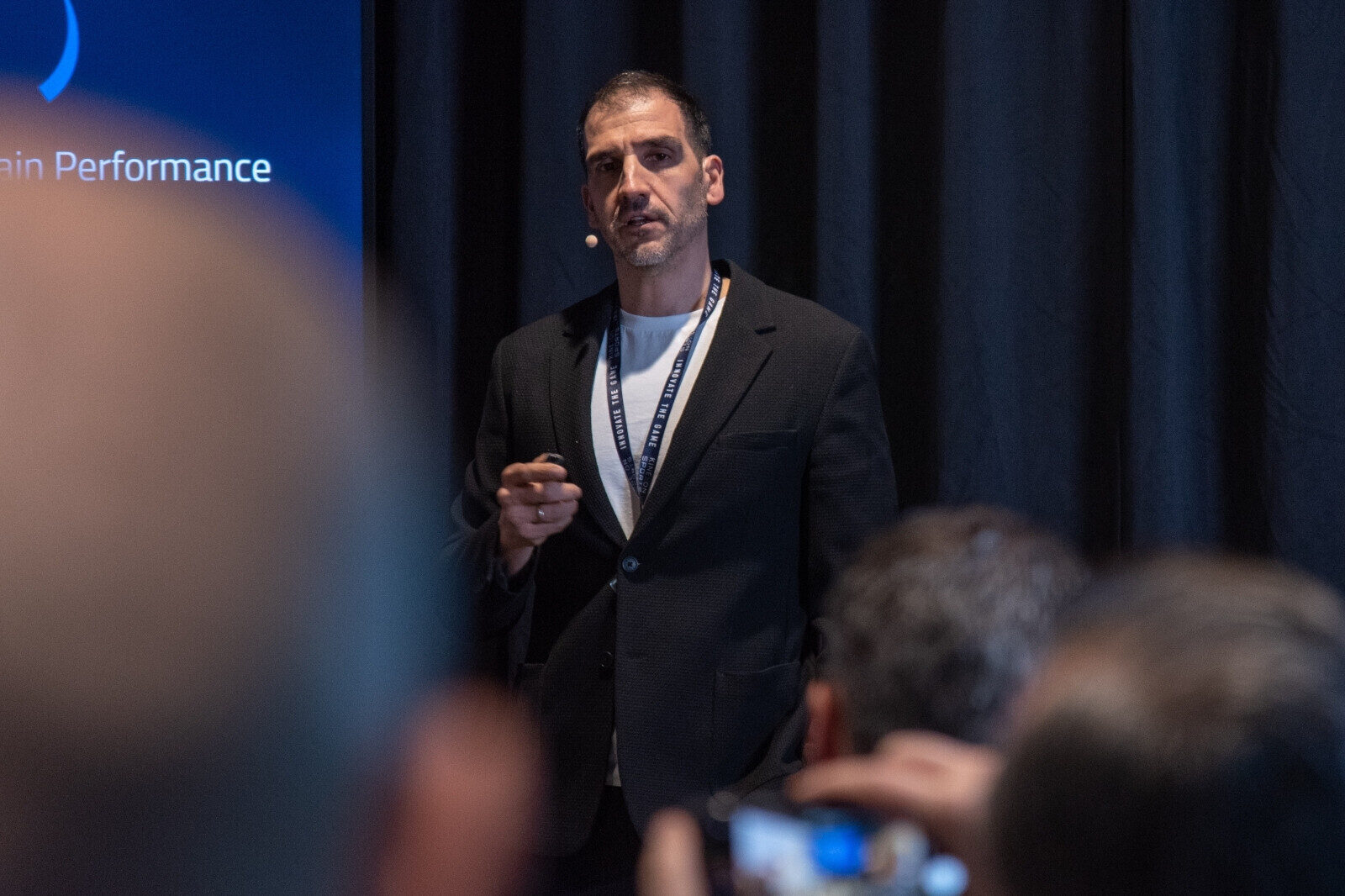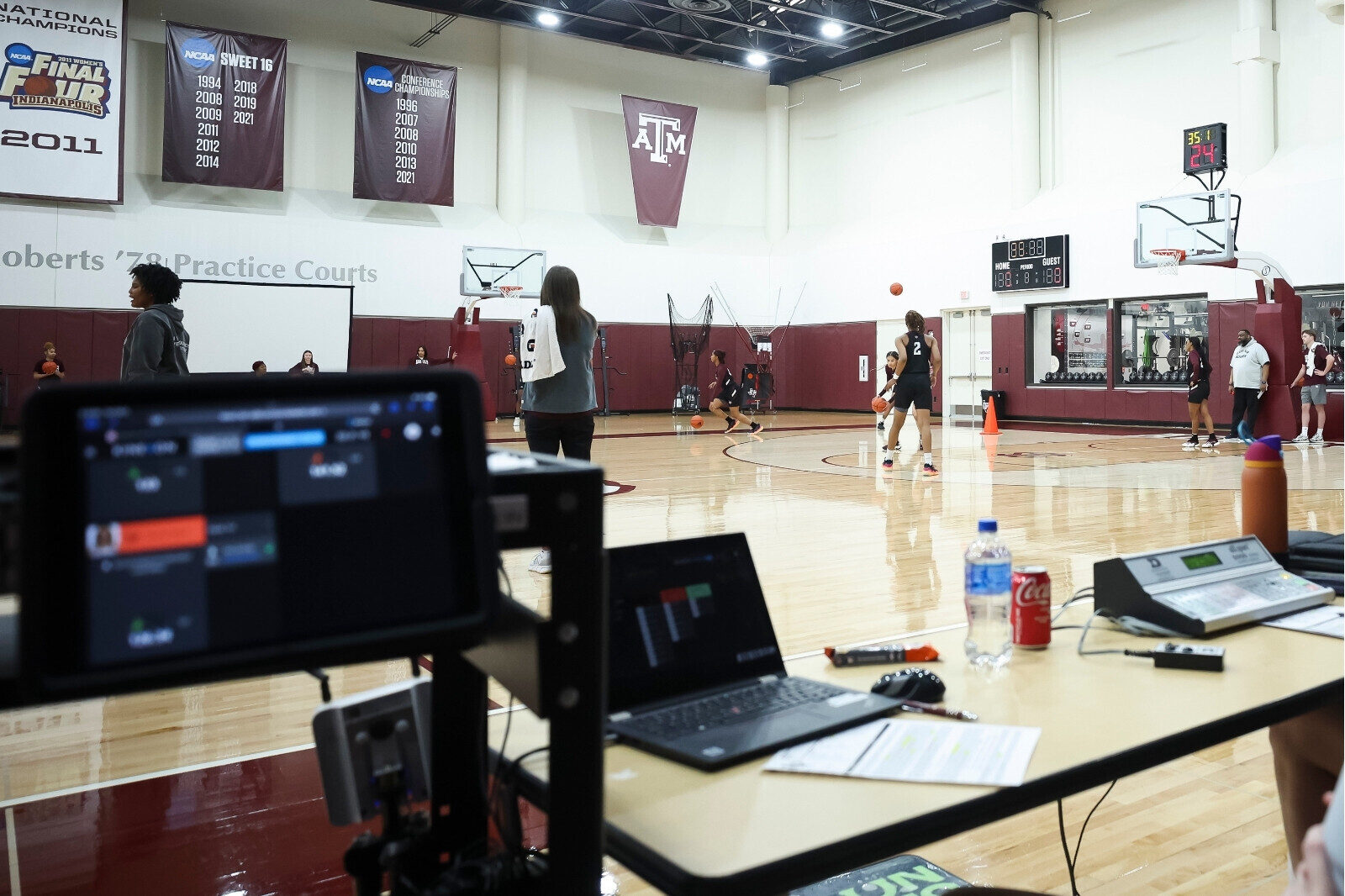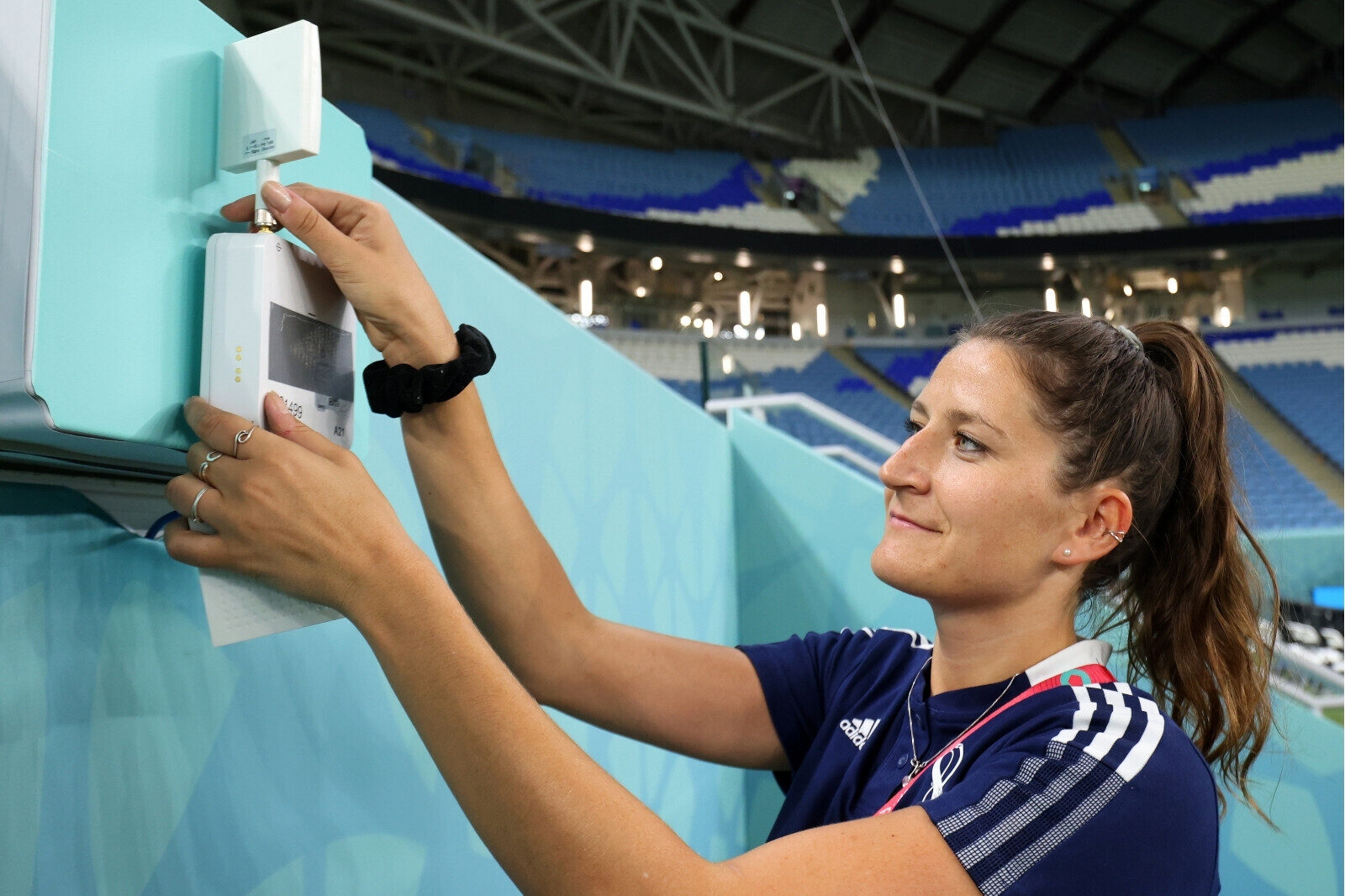Sports Analytics: A Game-Changer for Injury Prevention in Team Handball
Team handball is a dynamic sport that requires agility, strength, and endurance. However, like any physical activity, it comes with the risk of injuries.
Fortunately, modern sports science, particularly sports analytics, is opening new avenues for injury prevention. Let’s explore how this data-driven approach is making handball safer for athletes.
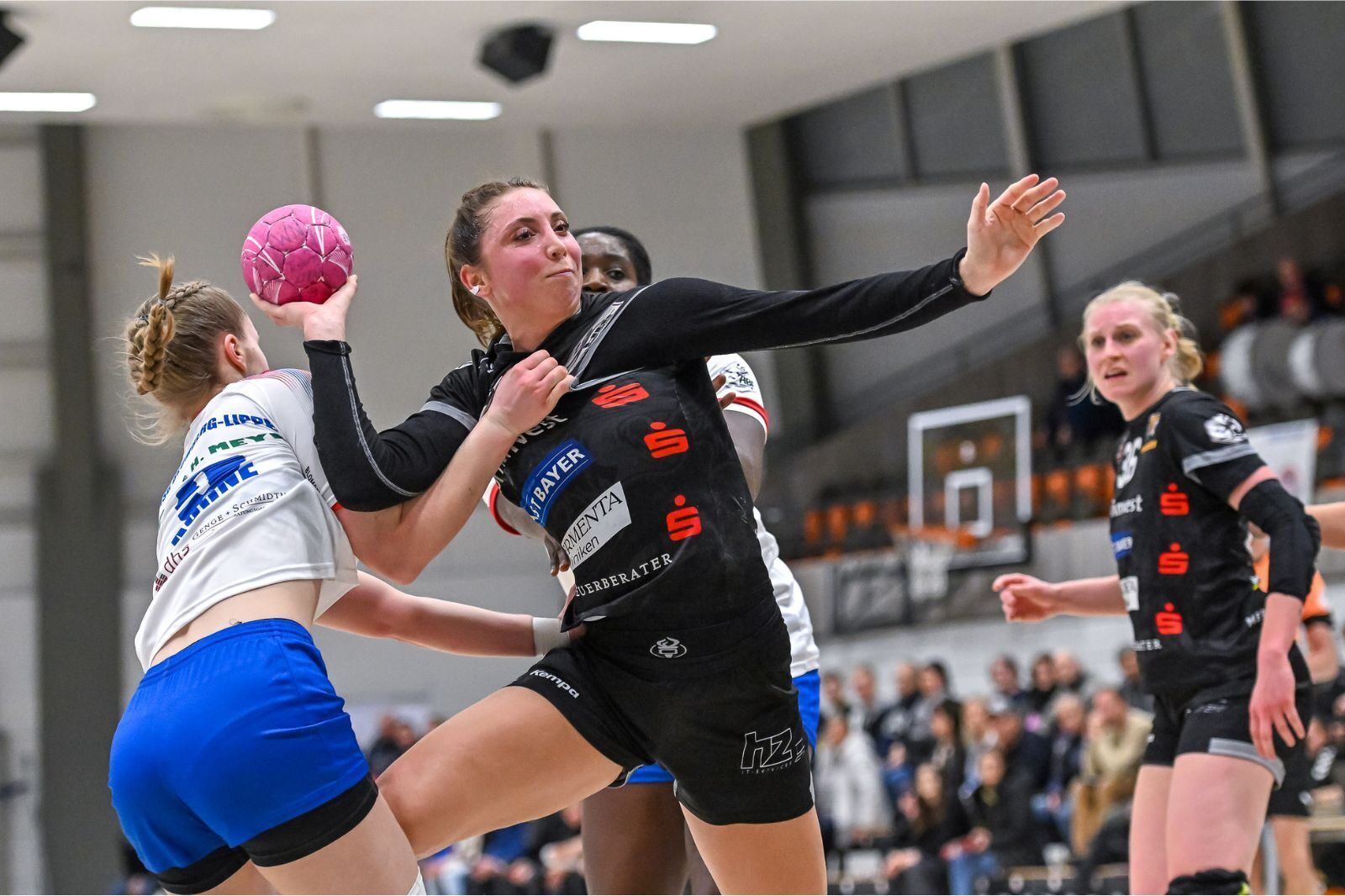
In professional team handball, injury prevention starts with coaches and trainers who use sports data and analytics to get detailed insights into their players’ performances and physical conditions.
They monitor many variables, including:
- Heart Rate
- Fatigue
- Player Movement
- Load Management
By doing so, they can better understand the risk factors leading to injuries. This enables the design of personalized training regimes, which balance performance improvement and injury risk.
To learn more about KINEXON PERFORM IMU (or any of our other sports performance solutions) our experts will be happy to help.
Player Monitoring and Load Management
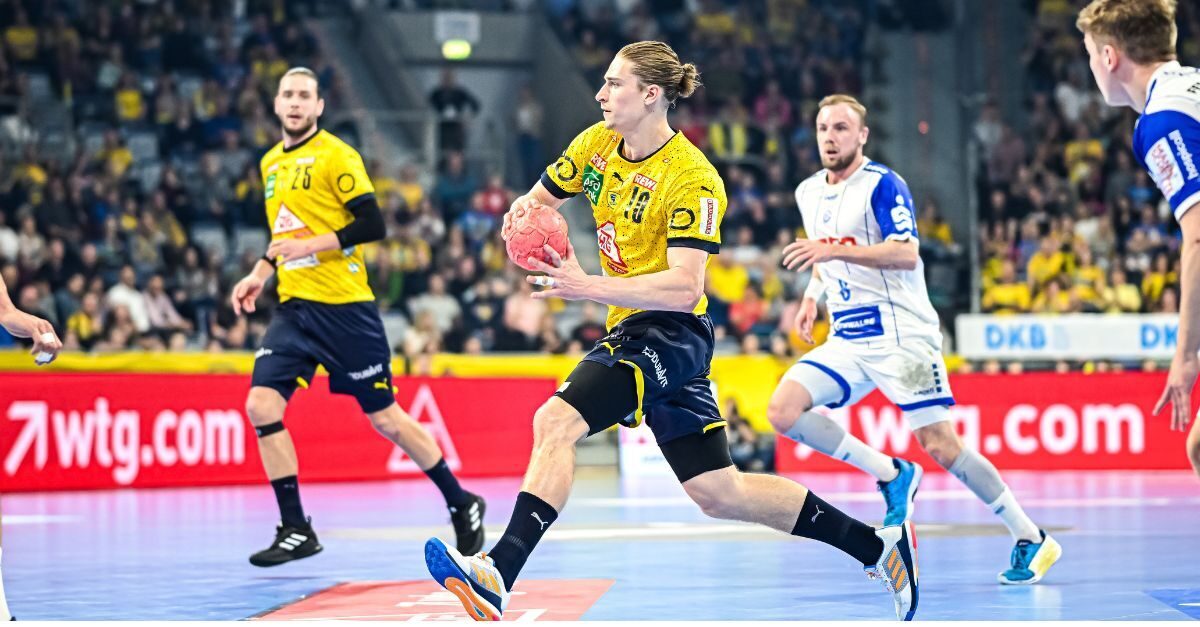
The foundation injury prevention in team handball typically begins with player monitoring and load management.
A study from the National Library of Medicine found the most common injuries in team handball include:
- Knees (28.8%)
- Ankles (20%)
- Hands (11.7%)
- Thighs (9.5%)
By gathering data on an athlete’s training loads, both internal (like heart rate) and external (like distance covered), coaches and trainers can optimize their training programs to reduce the risk of injuries, especially from overuse. They can identify when an athlete is being pushed too hard or not hard enough, adjusting to maintain the ideal balance of stress and recovery.
Predictive Analytics in Team Handball
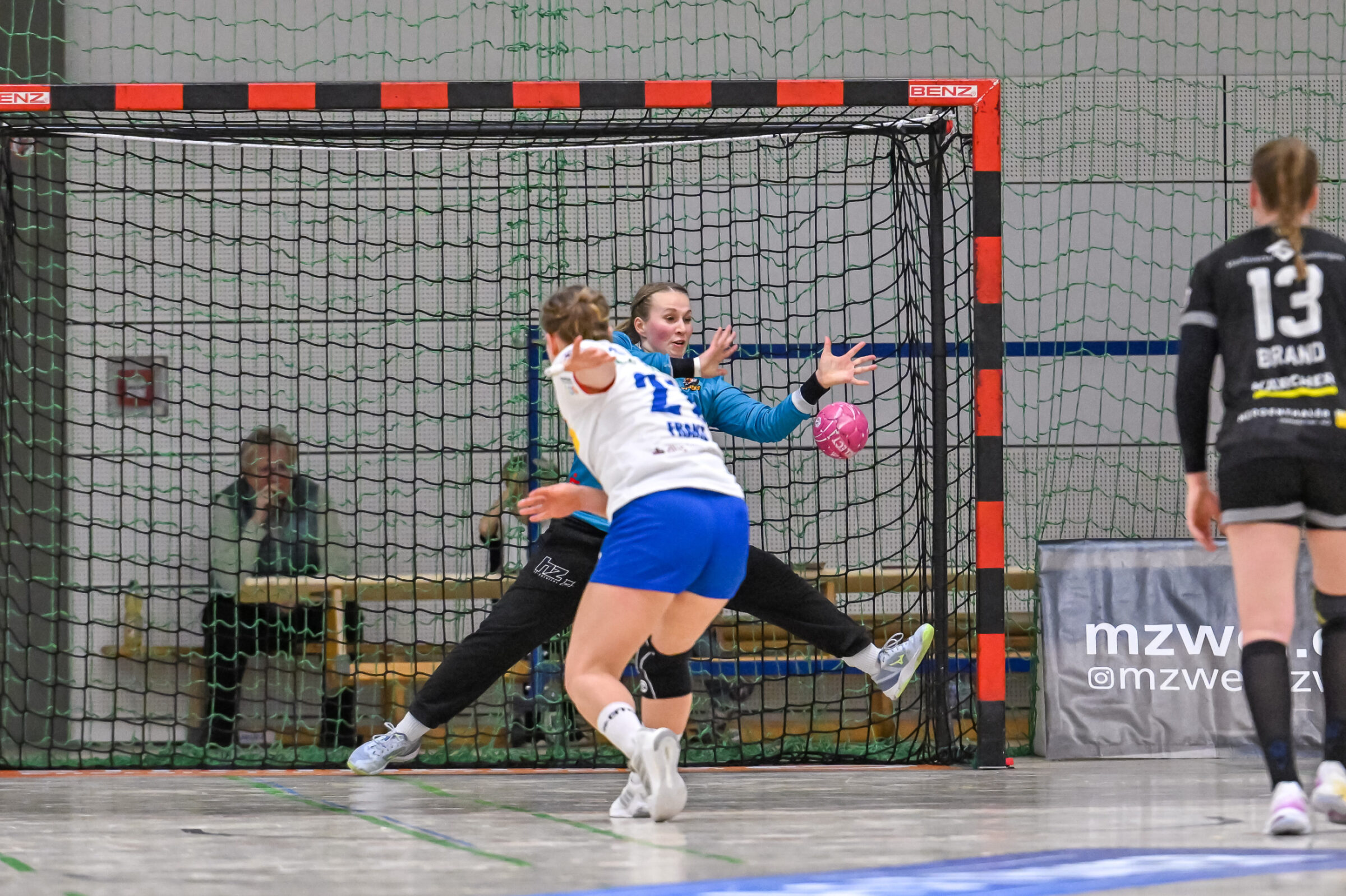
Advanced data models are being used to try to predict injury risks before they happen. Many factors of a player’s regimen is analyzed, including:
- Training load
- Game Intensity
- Shot Charts
The combination of player and ball tracking data provides never-before-seen insights.sports analytics can establish a predictive model that identifies heightened risk for certain injuries. These models can even provide insights on when a player is likely to be most at risk, allowing preventive measures to be taken ahead of time.
Biomechanics and Injury Patterns

Using video analytics and wearable technology, it’s possible to study the biomechanics of players in detail. By analyzing movement patterns, sports scientists can identify dangerous techniques or habits that might lead to injuries. For example, if a handball player consistently lands awkwardly after a jump shot, this can be identified and corrected before it results in a serious injury like an ACL tear.
Better Injury-Recovery Time
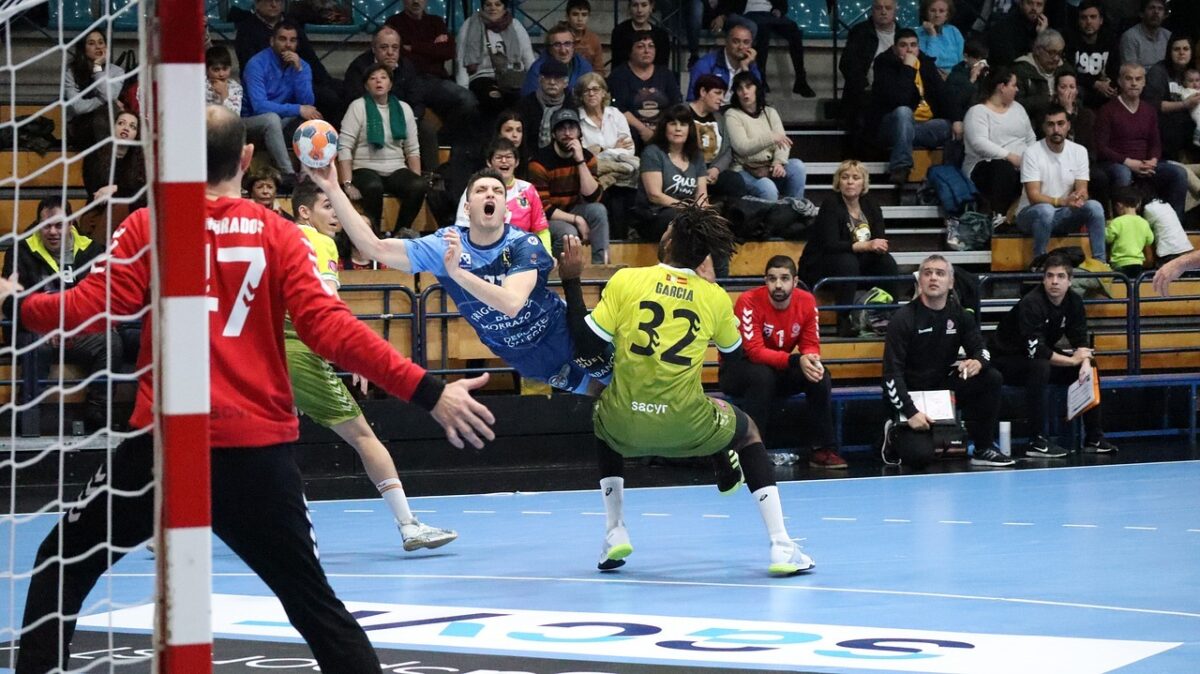
Data and analytics can also play a role in optimizing a player’s recovery process. By tracking metrics and comparing them before and after an injury, coaches can ensure players are on the road to recovery and decrease the risk of a setback. Modifications can be made to their training schedule to address any potential issues.
Information in Real-Time

Real-time analytics add another benefit. Wearable technology allows you to monitor players in real-time. This means that if a player is showing signs of fatigue or overexertion during a practice or game, they can be substituted before they risk injury. It also helps to keep a team on the field that is primed to perform at a maximum level at all times.
KINEXON Team Handball Software
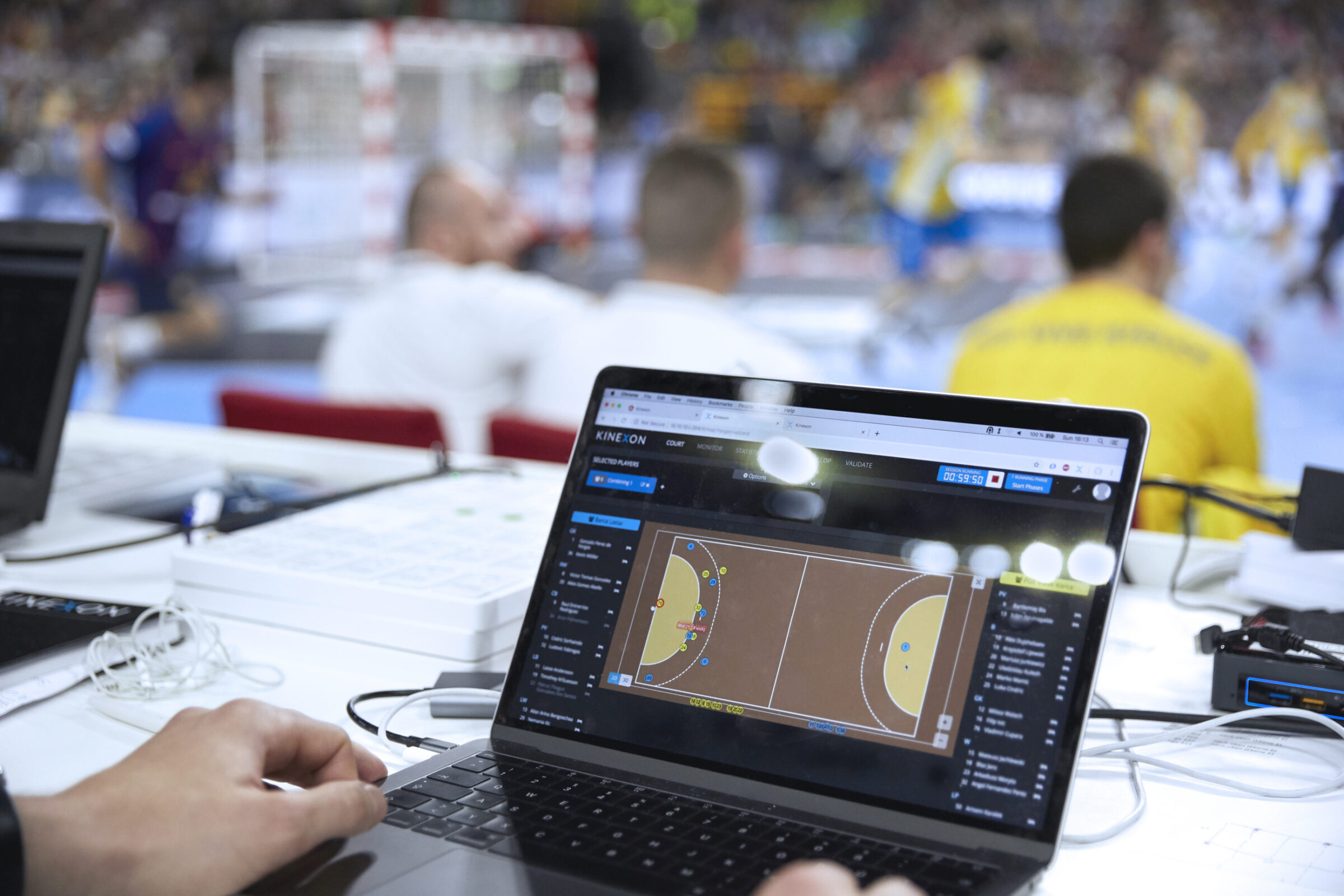
Sports analytics are becoming an invaluable tool in preventing injuries in team handball. By effectively monitoring players, predicting risk, optimizing recovery, and even aiding in rehabilitation post-injury, this data-driven approach ensures athletes are better protected than ever before.
Team handball players, coaches, and trainers who embrace this shift towards a more scientific, data-driven approach will undoubtedly see the benefits in terms of improved safety, performance, and longevity in the sport. After all, when it comes to enjoying the game we love, staying injury-free is a win in itself!
That’s why KINEXON is committed to injury prevention in handball by providing the leading player tracking systems in the industry. Our PERFORM IMU is helping team handball coaches and many other men’s and women’s indoor sports (like volleyball) improve their players performance.
If you’re interested in learning more about sports data analytics, sports performance software, and player tracking systems (handball or otherwise), don’t hesitate to contact us.
Or download our most recent case study that tells the story of how our technology is helping the Rhein-Neckar Loewen succeed.

